Indoor plants make your home feel alive, but buying new ones can get expensive. The good news is that you don’t always need to purchase more; you can multiply the plants you already own.
Propagation is one of the easiest ways to grow your collection, and it works for many common houseplants.
With just a little care, you can turn a single stem, leaf, or offshoot into a whole new plant. This not only saves money but also gives you healthy, homegrown greenery to enjoy or share as gifts.
Here are ten indoor plants that you can propagate with simple methods, even if you’re just starting out.
#1 Aloe Vera
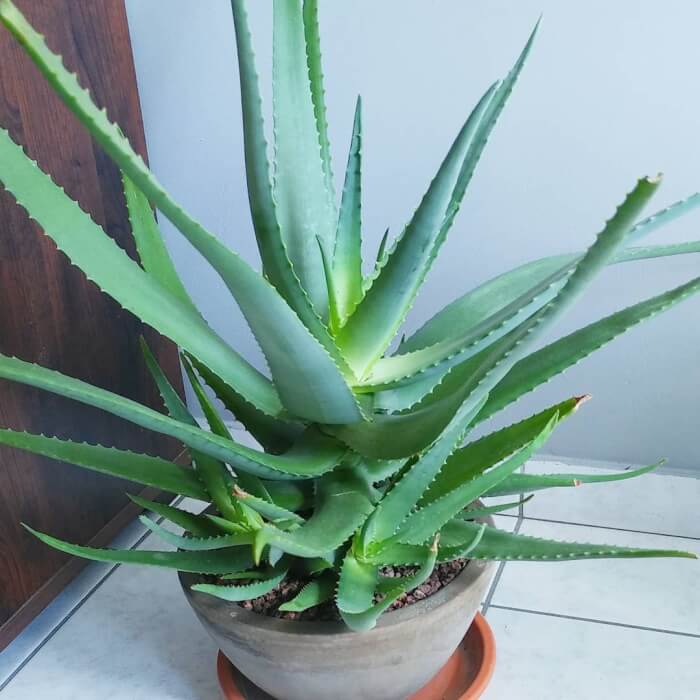
Aloe Vera produces “pups” or offshoots around its base that are perfect for propagation. Gently separate them from the mother plant with a clean knife, making sure roots remain attached.
Place the pup in a dry, well-draining potting mix and let it sit for about a week before watering. This pause allows the cut to heal and prevents rot. Over time, your offshoot will grow into a full, healthy Aloe.
#2 Pothos
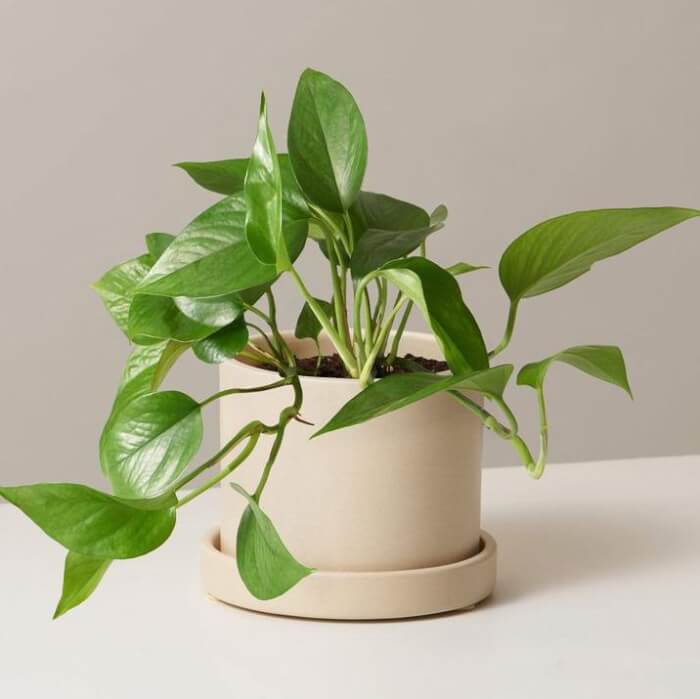
Pothos is one of the easiest plants to multiply. Cut a 4-inch stem just below a node, remove the lower leaves, and place it in water or soil.
If using water, keep the container in bright, indirect light and change the water every few days. Roots usually appear within two weeks. Once they’re a couple of inches long, transfer the cutting to soil for stronger growth.
#3 Geranium
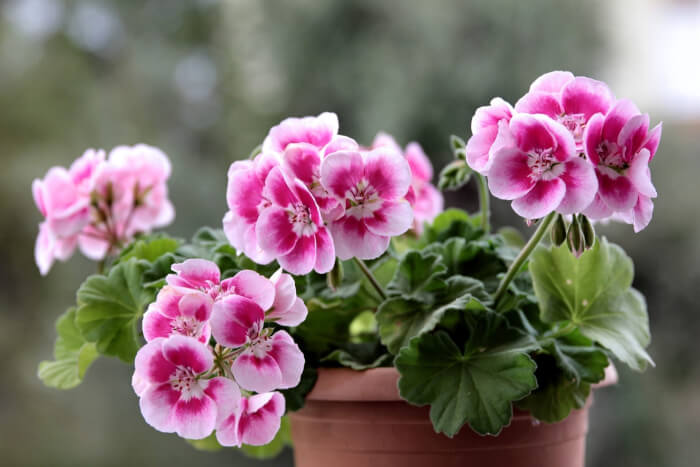
Geraniums grow quickly from stem cuttings. Snip a 4-inch stem below a node and remove most of the leaves, leaving two at the top.
Place the cutting in a small pot with moist potting mix. Keep the soil damp but not soggy, and position the pot where it gets indirect sunlight. Within a few weeks, new growth will signal that roots have formed.
#4 Peace Lily
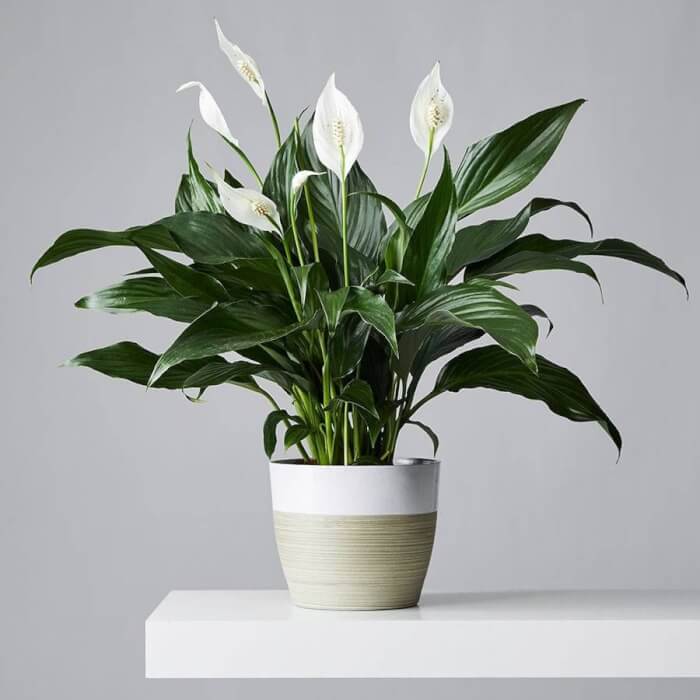
Peace Lilies propagate best through division. When the plant becomes crowded, gently remove it from its pot and separate the root clumps by hand or with a clean knife.
Replant each section into fresh soil and water thoroughly. Place the new pots in low to medium light to help them settle in. This method gives you instant, healthy new plants.
#5 Snake Plant
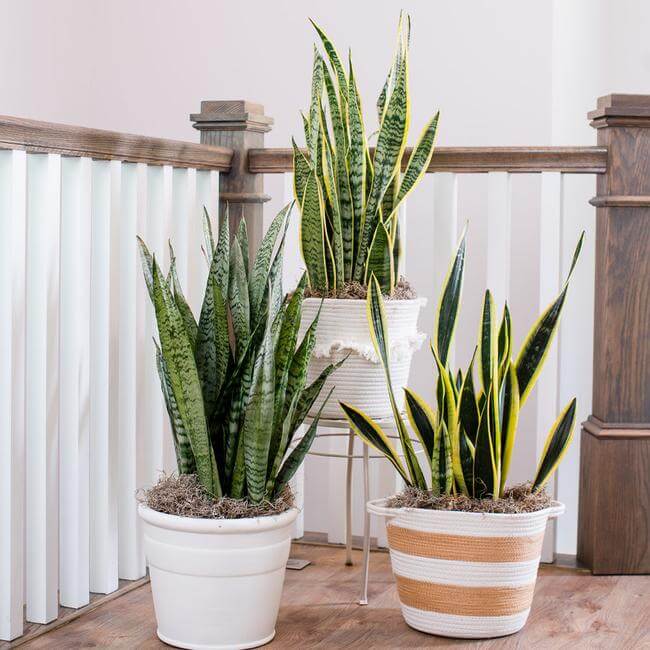
Snake Plants can be propagated in water or soil. Cut off a healthy leaf near the base and place it in a jar with half an inch of water, changing the water every few days. Roots usually form within a couple of weeks.
Alternatively, cut the leaf into 2-inch sections, let them dry for two days, then plant upright in moist sand or soil. Both methods create strong, independent plants.
#6 Succulents
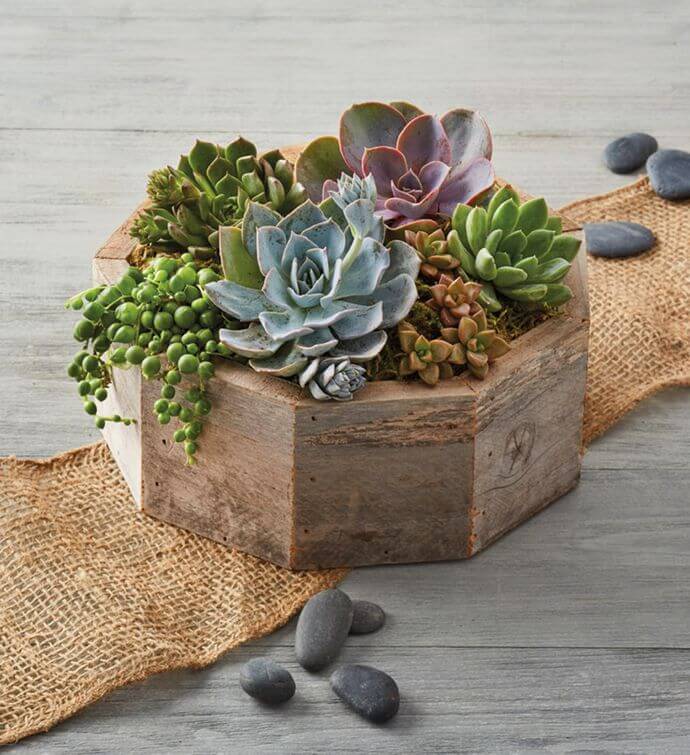
Succulents multiply easily from a single leaf. Twist a leaf gently from the stem, let it dry for a day or two, then lay it on top of well-draining soil.
Within weeks, roots and baby rosettes start to form. Cover the roots lightly with soil to prevent drying out. Once they grow larger, transfer the babies into their own pots.
#7 Bromeliads
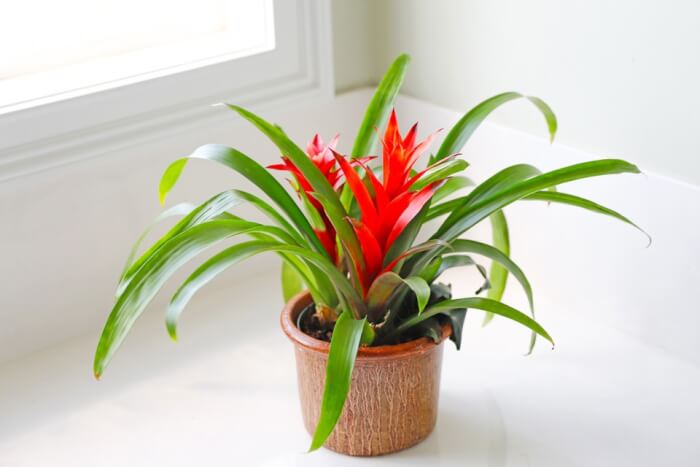
Bromeliads often send out pups, or small plants, around the base. Wait until the pups are about one-third the size of the parent, then gently cut or pull them away.
Make sure they have some roots attached for the best chance of survival. Plant them in a light, airy potting mix and water sparingly. Over time, each pup grows into a striking plant of its own.
#8 Jade Plant
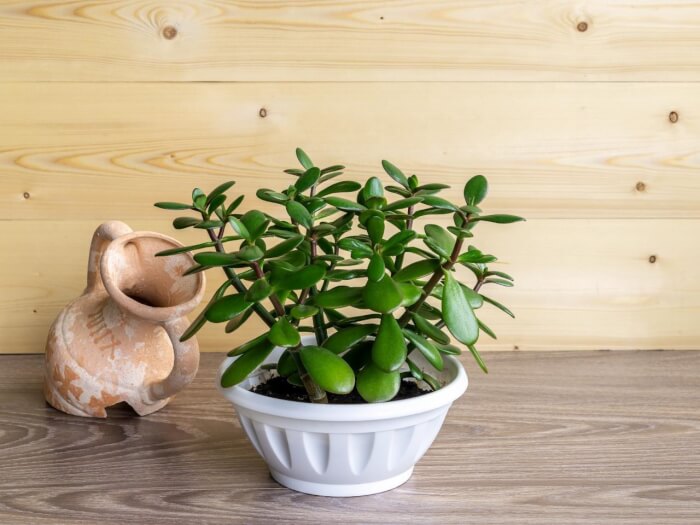
Jade Plants can grow from either leaves or stems. For leaf propagation, snip off a healthy leaf and place it on top of moist soil until roots appear. For stem cuttings, take a 2–3 inch piece, let it dry for a few days, and then plant it in soil.
Use sandy, well-drained mix to avoid root rot. With good light, new shoots develop quickly.
#9 Spider Plant
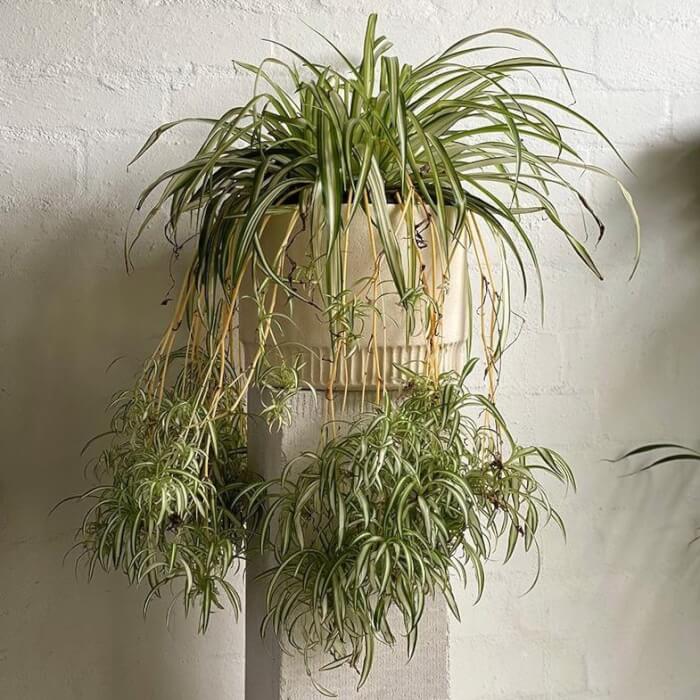
Spider Plants naturally produce “babies” on trailing stems, making propagation simple. You can pot the baby while it’s still attached to the parent until roots develop, or clip it off immediately and plant it in moist soil.
Keep the soil lightly damp and place it in indirect sunlight. Within weeks, the baby plant establishes itself. Soon you’ll have a cluster of new Spider Plants to share.
#10 African Violet
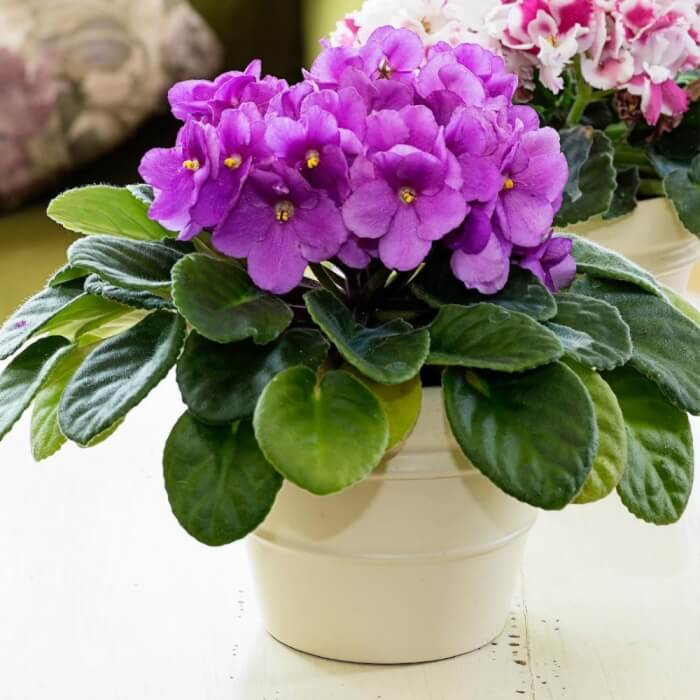
African Violets grow well from leaf cuttings. Choose a healthy leaf and cut its stem at a 45-degree angle. Insert the stem into moist soil, leaving the leaf above the surface.
Keep the pot in bright, indirect light and cover loosely with plastic to hold humidity. In a few weeks, tiny new plants begin to emerge at the base of the leaf.
Final Thoughts
Propagation is one of the most satisfying ways to expand your indoor garden. With a few simple techniques, you can create thriving plants at no cost, all while learning more about how they grow.
It’s also a thoughtful way to share greenery with friends and family. Start with one or two of these methods, and soon your home will be filled with lush, healthy plants that you nurtured yourself.
